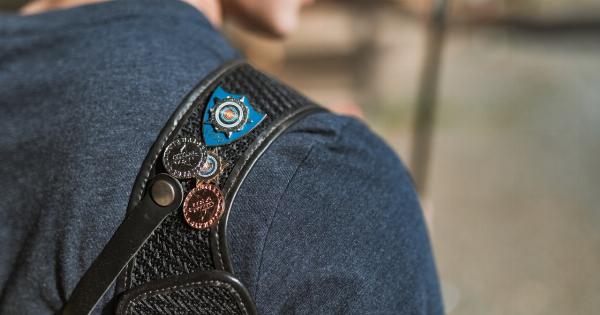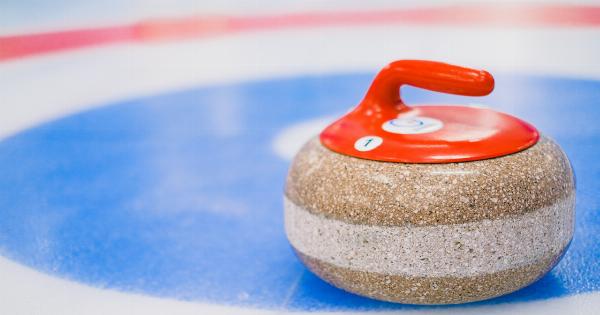Getting stung on the foot can be a painful and distressing experience. Whether it’s a bee, wasp, or any other insect, knowing how to respond quickly and appropriately can help minimize pain and prevent any complications.
In this article, we will discuss various steps and remedies to effectively respond when stung on the foot.
1. Assess the Situation
As soon as you feel the sting, it’s important to assess the situation. Check for any signs of an allergic reaction, such as difficulty breathing, hives, or severe swelling.
If you experience any of these symptoms or have a known allergy to insect stings, seek immediate medical attention.
2. Remove the Stinger
If a bee or wasp stings you, it typically leaves its stinger behind. Promptly remove the stinger to reduce the amount of venom entering your body. Avoid squeezing the stinger, as it can release more venom.
Gently scrape it off using a credit card or your fingernail.
3. Wash the Area
After removing the stinger, wash the affected area with soap and water to prevent infection. Be gentle while cleaning to avoid worsening the pain or spreading any venom that might still be present.
4. Apply Cold Compress
Immediately apply a cold compress or an ice pack wrapped in a cloth to the stung area. This will help reduce swelling, numb the area to alleviate pain, and minimize the release of histamine, which causes itching.
Keep the compress on for about 15 minutes.
5. Elevate the Foot
If possible, elevate your foot above heart level to reduce swelling. This can be especially helpful if you were stung on the lower part of your foot or in the toes.
Elevating the foot will help decrease blood flow to the area, which can help alleviate pain and swelling.
6. Take Pain Relievers
If the pain is unbearable, consider taking over-the-counter pain relievers such as acetaminophen or ibuprofen.
Follow the recommended dosage instructions and consult your healthcare provider if you have any underlying medical conditions or if you are taking other medications.
7. Apply Topical Remedies
Several natural remedies can provide relief from the pain and itching caused by a foot sting. Applying a paste made of baking soda and water, or a mixture of vinegar and water, can help neutralize the venom and reduce discomfort.
Aloe vera gel or a corticosteroid cream can also be applied to soothe the affected area.
8. Keep the Area Clean
It’s important to keep the stung area clean to prevent any infections. Avoid scratching or picking at the sting, as it may introduce bacteria and lead to further complications.
If necessary, cover the area with a sterile bandage or gauze to protect it from dirt and irritants.
9. Monitor for Allergic Reactions
Even if you are not initially allergic to insect stings, you can develop an allergic reaction over time. Monitor the stung area for any signs of prolonged or severe swelling, itching, or redness.
If you experience any of these symptoms or have difficulty breathing, seek immediate medical attention.
10. Prevent Future Stings
To prevent future stings, take precautions when spending time outdoors. Wear closed-toe shoes and avoid walking barefoot in areas known to have insects. Use insect repellents, wear protective clothing, and keep windows and doors screened.
Be cautious when encountering bees or wasps and try to remain calm and still if you are near them.
By following these steps and remedies, you can effectively respond when stung on the foot, find immediate relief, and prevent any complications.
Remember, if you experience severe symptoms or have any concerns, always seek medical attention for proper evaluation and treatment.































